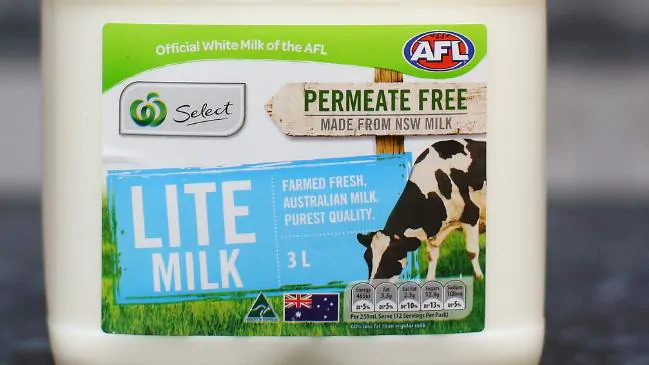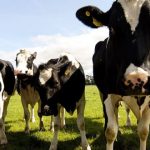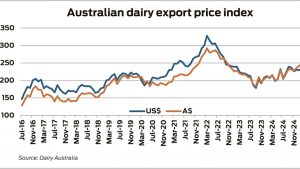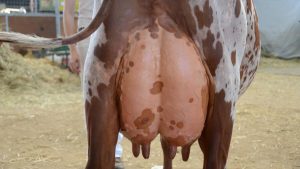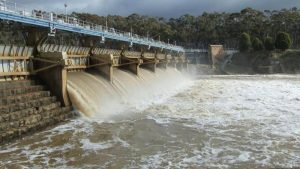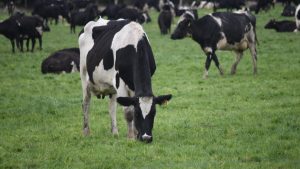
Woolworths says ditching the $1-per-litre milk price will result in an annual benefit of $30 million to the embattled industry, but the impact the payments have on the industry are mixed among farmers.
The supermarket’s fresh food director Paul Harker said steady sales following the price rise in February showed shoppers were eager to dig deeper into their pockets to support farmers.
“It’s been heartening to see our customers back our efforts to support a more sustainable dairy industry,” he said.
“Our customers can be confident the benefits of our price changes are flowing through to dairy farmers each month.”
Woolworths has already given more than $10 million to dairy farmers thanks to drought relief initiatives and permanent price increases to its own-brand range, which it says will benefit 450 farmers.
It says the most recent payments to the farmers on Monday added an extra $2.7 million to the industry.
“Dairy farmers right across the country are telling us it’s making a meaningful difference as they continue to battle tough conditions and rising costs,” Mr Harker said.
“While we’re realistic these contributions won’t solve broader structural issues, we’re pleased they’re improving farm viability and boosting confidence in the industry.
“We’re grateful to our customers for supporting a stronger future for the Australian dairy industry.”
Dairy farmer Jessa Fleming said ditching the $1-per-litre price wouldn’t translate as a meaningful benefit to those on the front line of the industry.
“Realistically, it’s not enough of a price rise through the shops on a single dairy product to be anything more than a public relations stunt,” she told news.com.au.
“Home-brand cheese, creams etc are still minimally priced and driving down the value of dairy.”
She says the value of milk for consumers has been low for nearly three decades while farmers have had to cop the brunt of modern farming costs.
“We have the best animal welfare standards in the world, and yet the entire industry is falling to its knees due to lack a of support and being unable to make ends meet,” Ms Fleming said.
“Although it is a great step in the right direction, this needs to be the start of a massive overhaul on how agriculture in Australia should be valued and supported — not monopolised by the supermarkets as a drawcard to get you in the door to spend more money.”
Those views aren’t shared by all farmers in the industry.
Queensland farmer Garry Wheeler told News Corp the higher price has made a “massive difference” for his 200-cow dairy.
“It has taken a lot of pressure off for us,” said Mr Wheeler, who with wife Natalie runs a property at Kandanga Creek near Gympie.
He said the extra money would go towards paying bills, upgrading equipment and potentially expansion.
“Put it this way, the money won’t be sitting in the bank,” he said.
$1-LITRE MILK WAR ENDS
Last month, Coles and Aldi eventually joined Woolworths in raising the price of two and three-litre bottles of milk, vowing to pass the extra money onto Australian dairy farmers.
The two supermarkets added 10 cents per litre to each bottle, making their two-litre bottles $2.20 and three-litre bottles $3.30.
It brought an end to the eight-year milk price war between the major supermarkets and is expected to help farmers struggling with the drought.
Woolworths increased the price of milk on February 19, but at the time, Coles refused to follow suit.
Minutes after Coles made its decision on March 20, Aldi also announced it would raise the price of milk.
